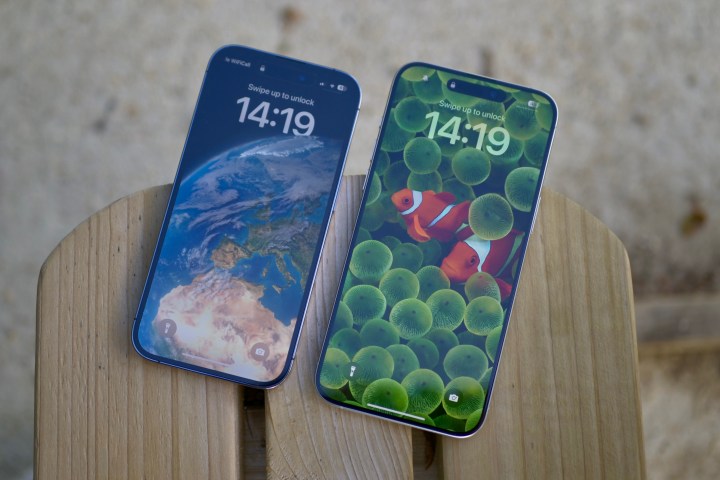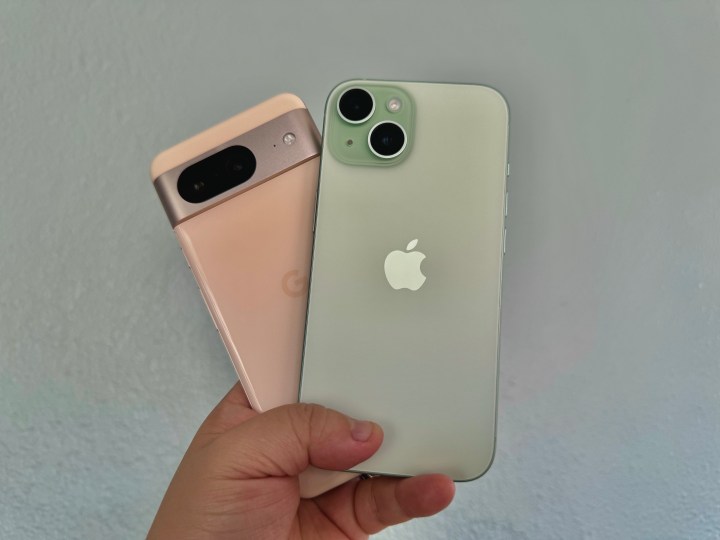
When Apple launched the original iPhone in 2007, it was as easy as could be — it was just the iPhone. There was only one model, and when you said you wanted an iPhone, the sales rep would know which one you meant … because that was all there was.
Apple kept it simple for a few years until the iPhone 5s and 5c. That’s when it first started offering two iPhone variants: one labeled as more “affordable” (and unapologetically plastic) while the other was the “main” one. Then, starting with the iPhone 6, we had the small, “regular” size iPhone 6 and the larger
This continued until the iPhone 11 lineup, which introduced a regular iPhone, a smaller “Pro” model, and a larger Pro Max. The iPhone 12 series added a fourth “mini” option, which continued to the iPhone 13 mini, but then Apple eliminated the mini size to bring back a “Plus” variant with the iPhone 14 and now the
What started out as a simple product lineup has evolved into something that feels unnecessarily complicated, especially when compared to competitors — and I think it’s time for a change.
The current iPhone lineup is too much

Ever since the iPhone 12, Apple has released four models of iPhones each Fall. Right now, with the current
That may be true, but I can’t help but feel that the iPhone Plus is in a bit of an odd place — and it’s easily the first one I would get rid of. It sits in between the regular
Of course, the
Apple could take a lesson from Google

Google, like Apple, is on an annual release schedule as well and released the Pixel 8 lineup last month. However, unlike Apple, which has four choices, Google keeps it simple with just two: the standard Google Pixel 8 and the more powerful Google Pixel 8 Pro.
I wish Apple would simplify the iPhone lineup to something similar. Keep a smaller “regular” iPhone, and have one large Pro model.
Though I’m not a big fan of having a large smartphone, I think that there are too many choices at the moment. Furthermore, it’s annoying that Apple did not give the smaller
This is especially true when Apple is already leaving behind people who choose the smaller Pro models — just get rid of that one, and then everyone who wants a Pro model is on equal ground. Plus, at this point, with the standard
Less is more

Apple is one of the only major
I think Apple really should consider consolidating the iPhone lineup, as well as the iPads, while we’re at it. There are just too many options right now, and some of them don’t really make sense considering the price and features.
Less is often more, and I hope that’s a lesson Apple can learn from soon.
Editors' Recommendations
- This one Apple Fitness feature completely changed how I exercise
- Nomad’s new iPhone case and Apple Watch band may be its coolest yet
- 5 phones you should buy instead of the iPhone 15
- Why you should buy the iPhone 15 Pro instead of the iPhone 15 Pro Max
- iPhone SE 4: news, rumored price, release date, and more




